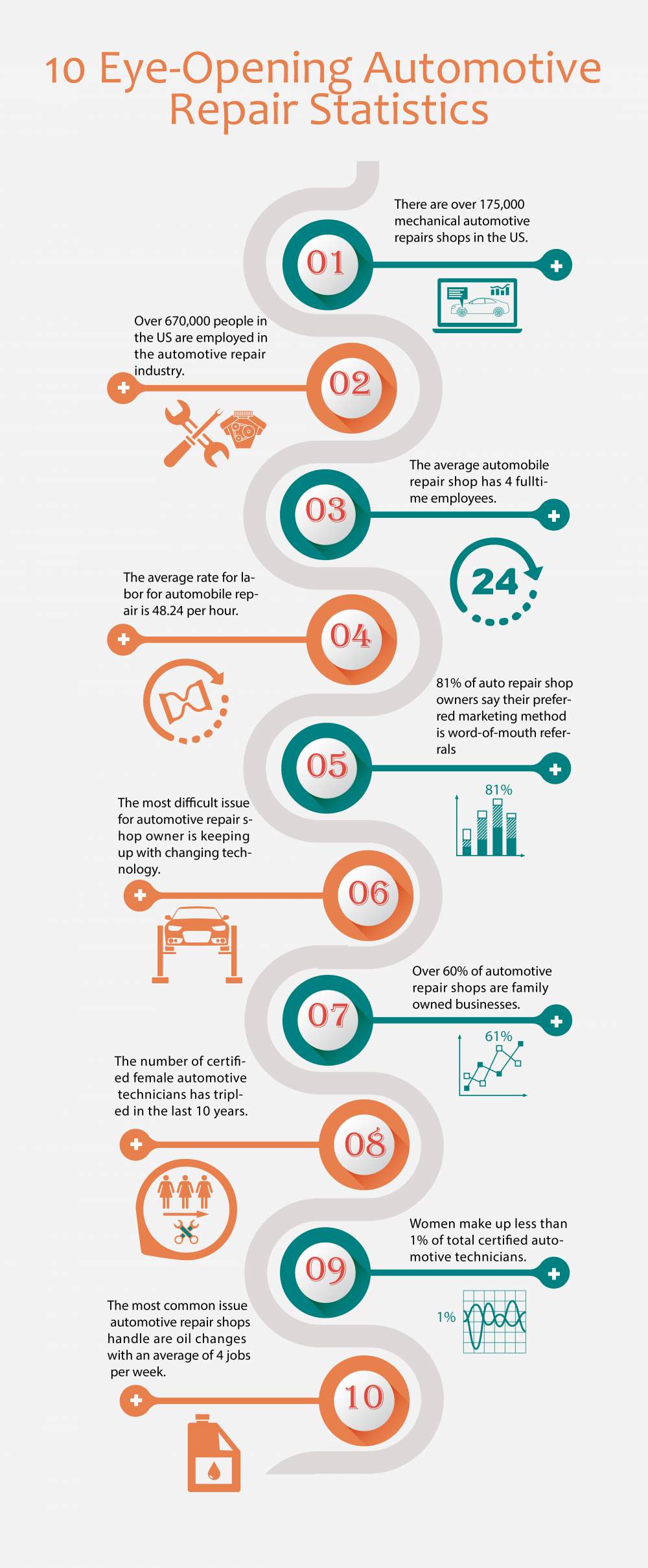Looking For Clearness On The Caution Lights Presented On Your Cars And Truck'S Control Panel? Find Out Exactly How They Associate With Your Lorry'S Health And Wellness
Looking For Clearness On The Caution Lights Presented On Your Cars And Truck'S Control Panel? Find Out Exactly How They Associate With Your Lorry'S Health And Wellness
Blog Article
https://brakes-and-rotors74051.blogs100.com/30408089/a-thorough-handbook-on-auto-detailing-supplies-crucial-insights-for-beginners -Lim Kejser
When you lag the wheel, those radiant caution lights on your control panel can be a little bit perplexing. Do you understand what they're trying to tell you regarding your auto's health? Recognizing the significance of these lights is crucial for your security and the longevity of your car. So, why not find out more following time among those lights appears, would not you wish to decipher its message precisely and take the required steps to address it?
Common Warning Lighting and Interpretations
Identify common caution lights in your auto and understand their definitions to make sure risk-free driving.
One of the most normal caution lights consist of the check engine light, which signifies issues with the engine or discharges system. If this light begins, it's important to have your vehicle examined quickly.
The oil stress cautioning light suggests reduced oil pressure, needing prompt attention to prevent engine damage.
A blinking battery light could recommend a damaged billing system, possibly leaving you stranded if not attended to.
The tire pressure tracking system (TPMS) light notifies you to reduced tire stress, influencing automobile security and fuel efficiency. Disregarding this might lead to hazardous driving conditions.
The abdominal light indicates an issue with the anti-lock braking system, endangering your capacity to quit quickly in emergency situations.
Finally, the coolant temperature alerting light warns of engine overheating, which can lead to serious damage otherwise resolved promptly.
Recognizing these common caution lights will aid you resolve issues without delay and preserve safe driving problems.
Relevance of Prompt Attention
Understanding the usual warning lights in your car is only the first step; the significance of without delay addressing these warnings can't be emphasized sufficient to ensure your security when driving.
When a warning light brightens on your control panel, it's your auto's means of interacting a potential problem that needs focus. Disregarding these warnings can cause a lot more extreme troubles down the road, endangering your safety and security and potentially costing you extra out of commission.
Trigger focus to advising lights can prevent failures and accidents. As an example, a flashing check engine light can show a misfire that, if left unattended, could cause damage to the catalytic converter. Resolving this immediately can conserve you from a pricey fixing.
Likewise, a brake system warning light may signal reduced brake liquid or worn brake pads, crucial components for your safety when driving.
Do It Yourself Troubleshooting Tips
If you see a caution light on your control panel, there are a few DIY troubleshooting ideas you can try prior to looking for expert help.
The primary step is to consult your auto's manual to comprehend what the specific caution light suggests. In some cases the concern can be as basic as a loose gas cap causing the check engine light. Tightening up the gas cap may deal with the problem.
Another typical issue is a reduced battery, which can set off numerous cautioning lights. Checking the battery links for rust and guaranteeing they're safe might repair the problem.
If a caution light continues, you can try resetting it by separating the automobile's battery for a few minutes and after that reconnecting it. In addition, checking your automobile's liquid degrees, such as oil, coolant, and brake liquid, can help troubleshoot alerting lights related to these systems.
Final thought
In conclusion, comprehending your automobile's warning lights is necessary for maintaining your automobile running smoothly and safely. By without delay addressing these informs and knowing what they indicate, you can avoid costly fixings and potential malfunctions.
Bear in mind to consult your automobile's manual for particular information on each alerting light and act appropriately to make certain a trouble-free driving experience.
Stay informed, stay risk-free on the road!
